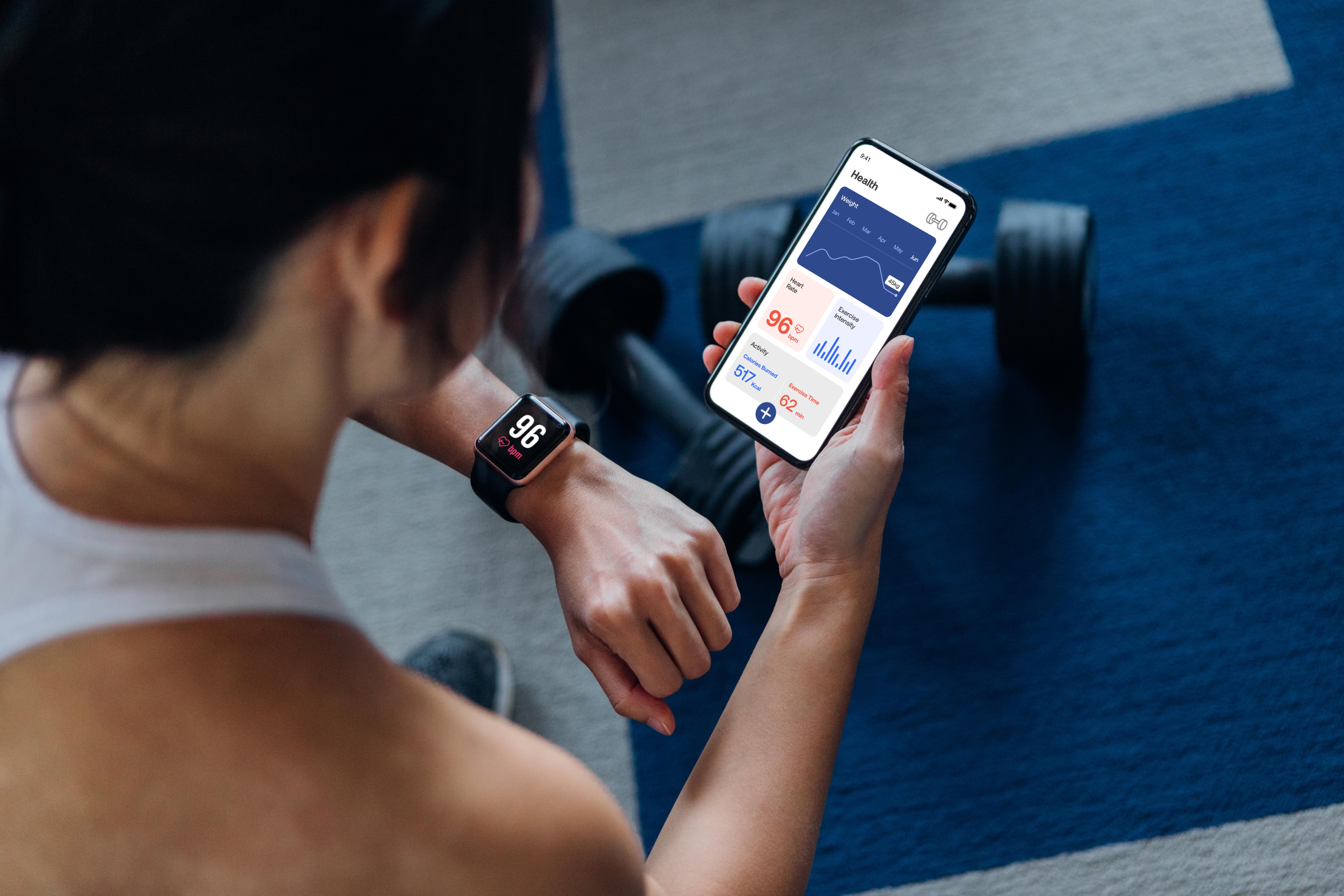Blog
Viewing posts tagged: The WellRight Wellness Program Management (3)
Select Topic
Find out what’s new in wellbeing every week!

May 15, 2024
12 Tips for Running a Successful Employee Resource Group

Apr 24, 2024
30+ Outdoor Team Building Activities To Help Employees Recharge

Jan 03, 2024
6 Must-Have Features Corporate Wellness Programs Need in 2024

Sep 28, 2023
How to Improve Heart Health of Employees with Your Wellness Platform
-min.jpg)
Jul 12, 2023
How To Support the Holistic Wellness of Your Employees
-min.jpg)
Mar 16, 2023
5 Key Ways to Infuse Equity in the Workplace [with VIDEO]

Feb 15, 2023
Implicit Bias Training: What It Is and How It Fosters Wellbeing

Dec 07, 2022
6 Top Trends That Will Shape Your Wellness Program in 2023

Aug 10, 2022
Putting the "Person" Back in Personalization: A Wellness Program Strategy Guide

Jul 27, 2022
4 Ways to Improve Employee Retention in the Age of the Great Reshuffle

Jul 14, 2022
Relieving the Burden: How to Address the Mental Health of Your Managers

Jun 29, 2022
How Flexible Integrations Can Lead to Employee Wellness Program Success

Jun 01, 2022
Phases (and Benchmarks) for Lasting Employee Wellness Program Success

May 23, 2022
How Can Health Plans Drive Stakeholder Engagement in Population Health Management?

Mar 23, 2022
Why Personalization Is Critical for Your Corporate Wellness Program
